Since 1866 around a table
The only way to offer an excellent quality oil, is taking care the olive tree as we have done since our origins.
The only way to offer an excellent quality oil, is taking care the olive tree as we have done since our origins.
Learn to taste oil at home with your loved ones and enjoy a plan full of love. To be able to enjoy a unique flavor, we teach you how to choose a good olive oil and how to preserve all its properties.
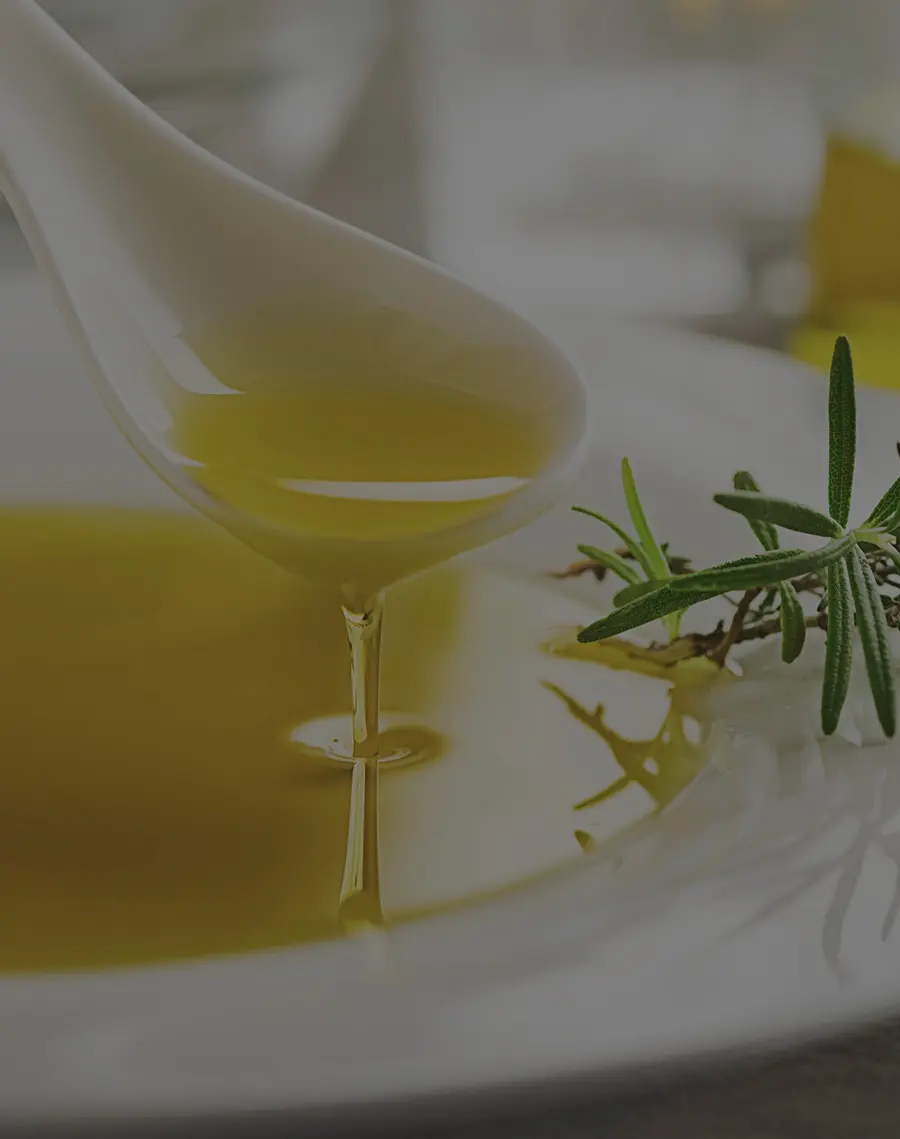
At Carbonell we want you to taste the authentic quality and love that is hidden inside each olive oil bottle.
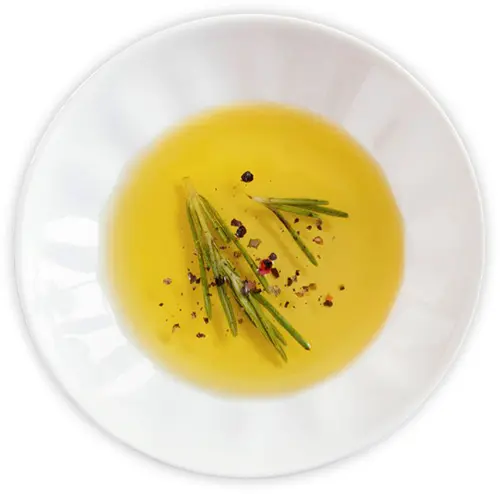
Intensity
Make sure you choose the oil that goes with you. The intensity of the taste will make your palate enjoy different sensations.
Consume and harvest
The oldest harvests and the dates of preferent consume closest to the limit, reduce the quality of the oil's properties.
Type of bottle
The design of the bottle and the material with which it is made, help to neutralize the effect of the sun and the heat on the oil
Pairing
Choose oils that match perfectly with the dishes you are cooking, enhancing their flavor and the love you have put into cooking them.
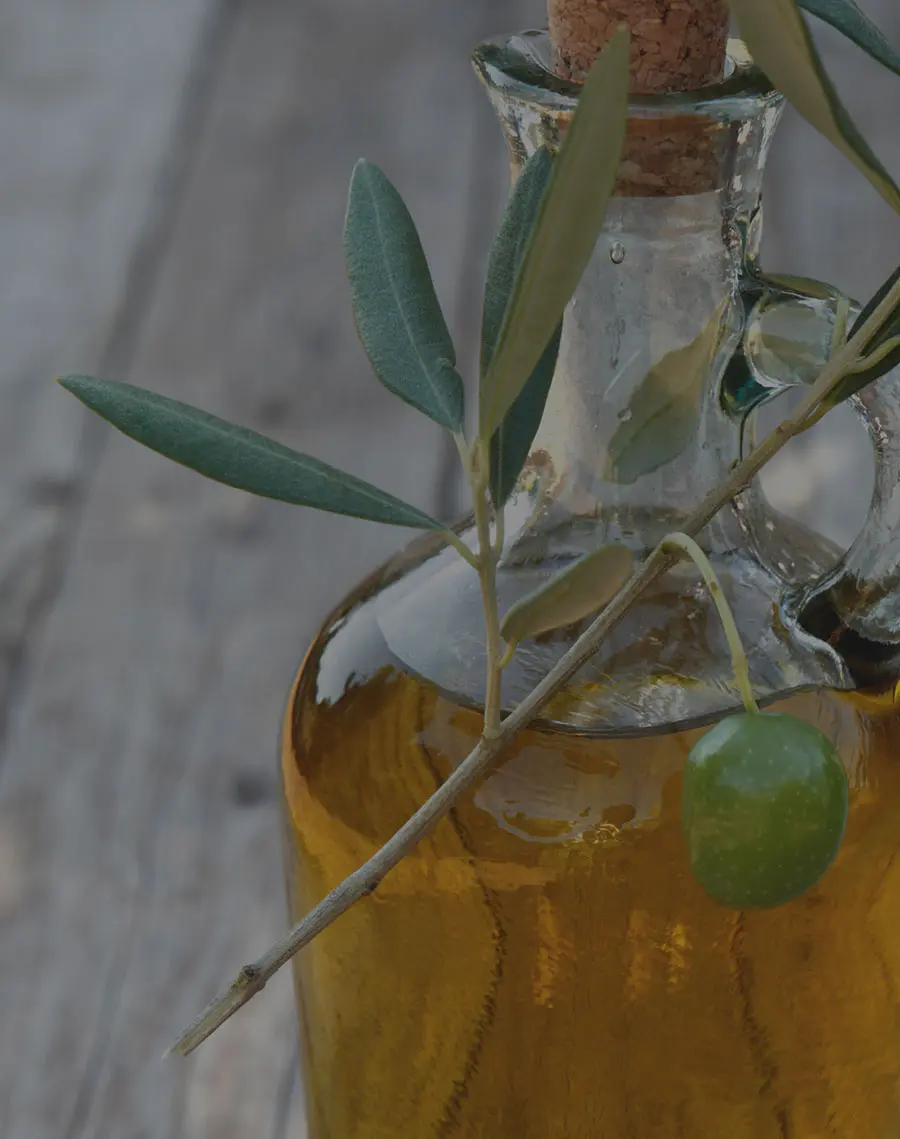
Oil is a living food and constantly changing. To preserve its properties, it is necessary to follow a few simple steps
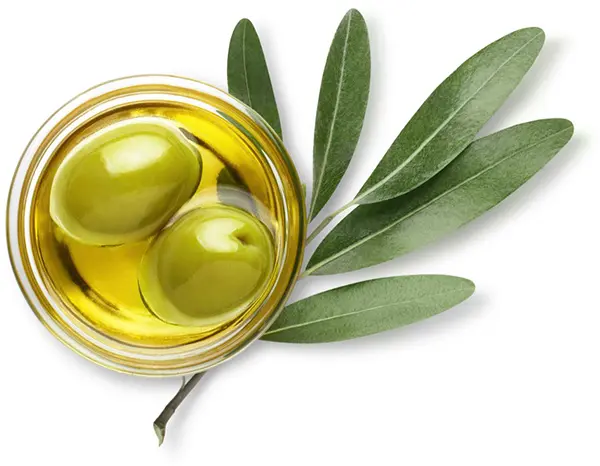
Fast consume
The faster you consume the oil, the fresher it will be. Its properties are alive, just like in natural products.
Avoid light
The light that comes from the sun and light bulbs damages the oil. We recommend leaving the olive oil in a closed place.
Away from heat
Heat also damages your oil. It is recommended to store the oil between 18 and 20 degrees. It is not necessary to refrigerate it.
The color
The yellow olive oils are as good as the green ones. The color of the oil does not mark its quality.
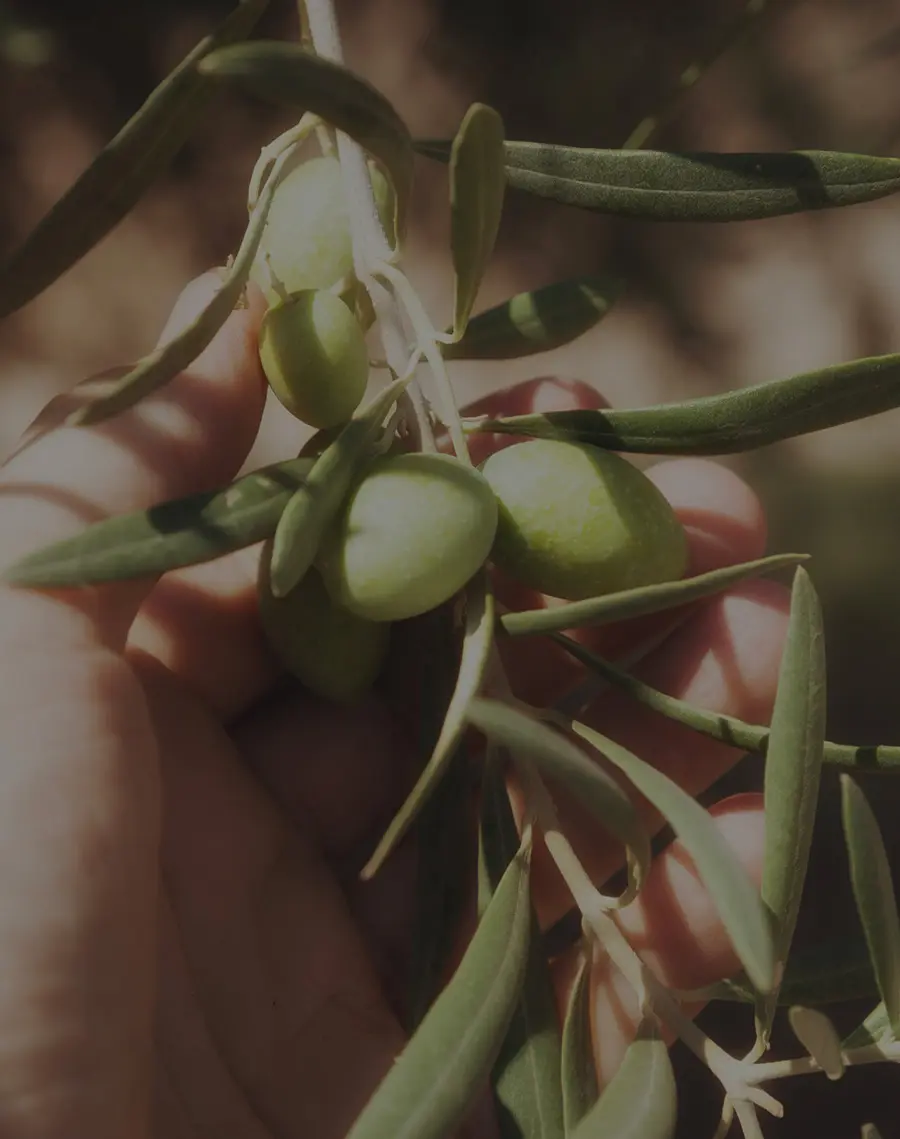
It’s time for the tasting. Follow a few simple steps and prepare your palate to feel the quality of the oil.
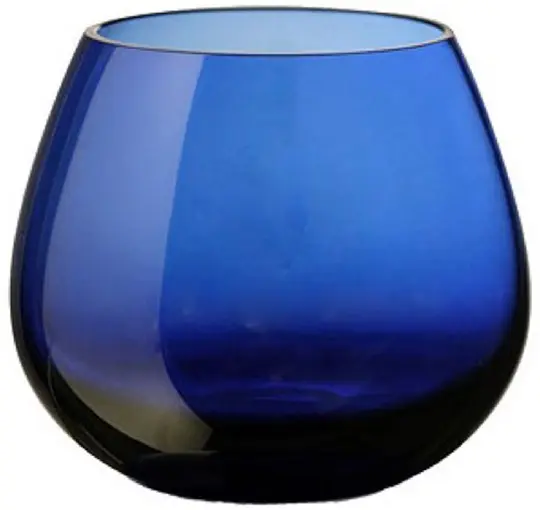
1 Choose your glass
A dark glass, for instance blue, is advisable in order not to pay attention to the color, because it is not a quality indicator.
2 Warm the oil
Press one palm around the glass and cover the glass with your other hand. Warm the glass with your hands to raise the temperature.
3 Inhale the aromas
Uncover the glass and put your nose over it, then inhale to take in and discover all the aromas.
4 Taste the oil
Take a small amount of oil on your tongue. Let some air into your mouth to better feel the flavors. Close your mouth and breathe through your nose. Swallow down part of the oil.
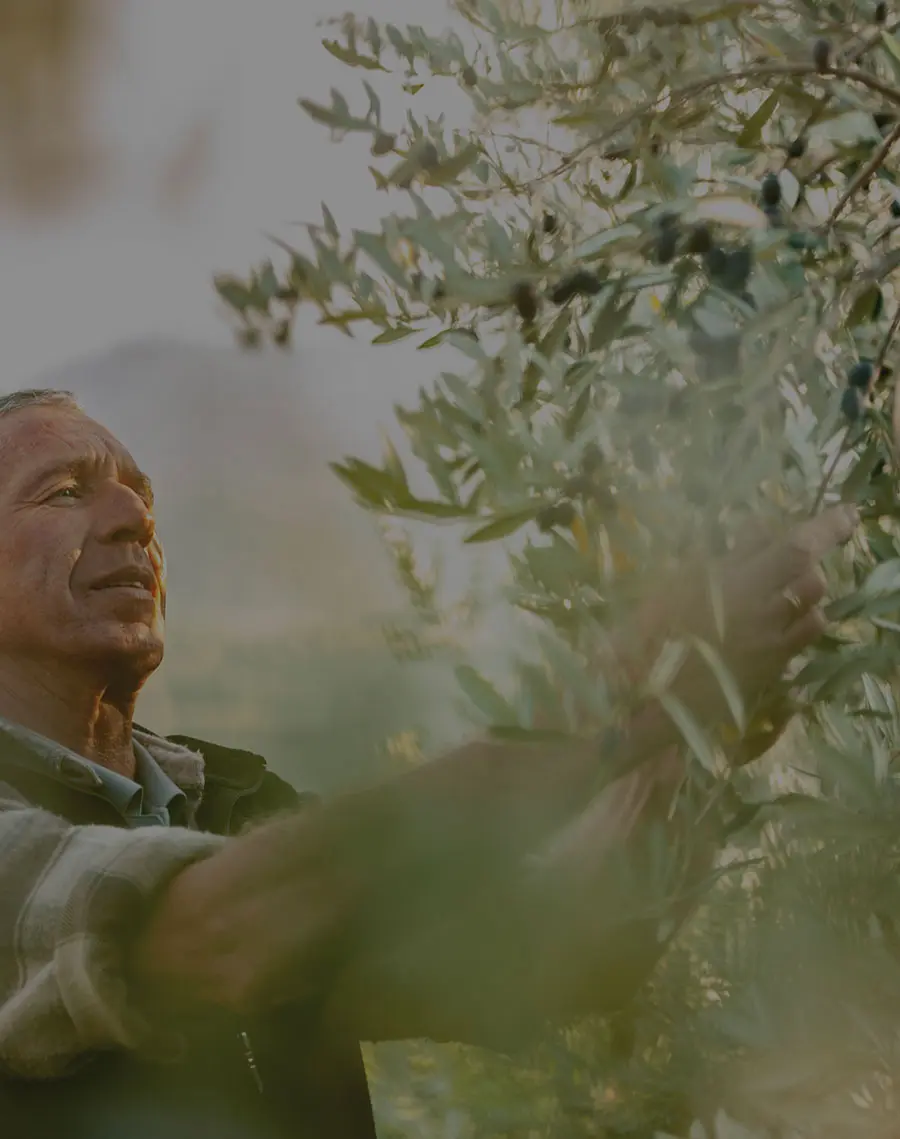
Feel each nuance and enjoy a flavor full of details.
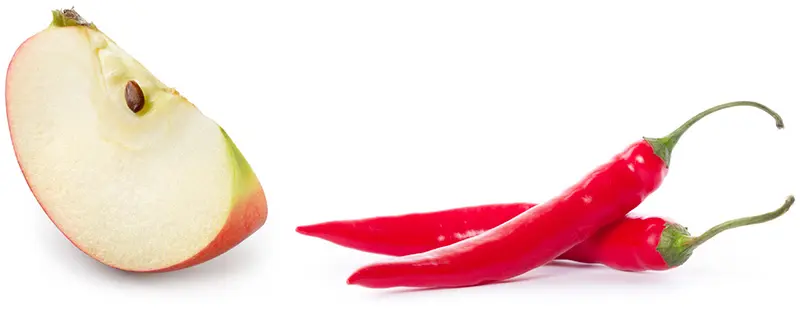
Fruityness
The flavor ranges from green to ripe depending on the time the olive was in the tree. This nuance is noticed in the nose and in the mouth leaving a pleasant natural vegetal aroma. Remember salad or banana.
Spicyness
This characteristic is generally associated to the polyphenol level. You can detect it in your throat after consuming the oil.
Bitterness
The sides of your tongue can detect the bitterness of the oil. This characteristic is related with the polyphenol level.
Sweetness
An oil is more or less sweet when it lacks bitterness. This is a nuance of flavor you can notice at the tip of your tongue and in your mouth.
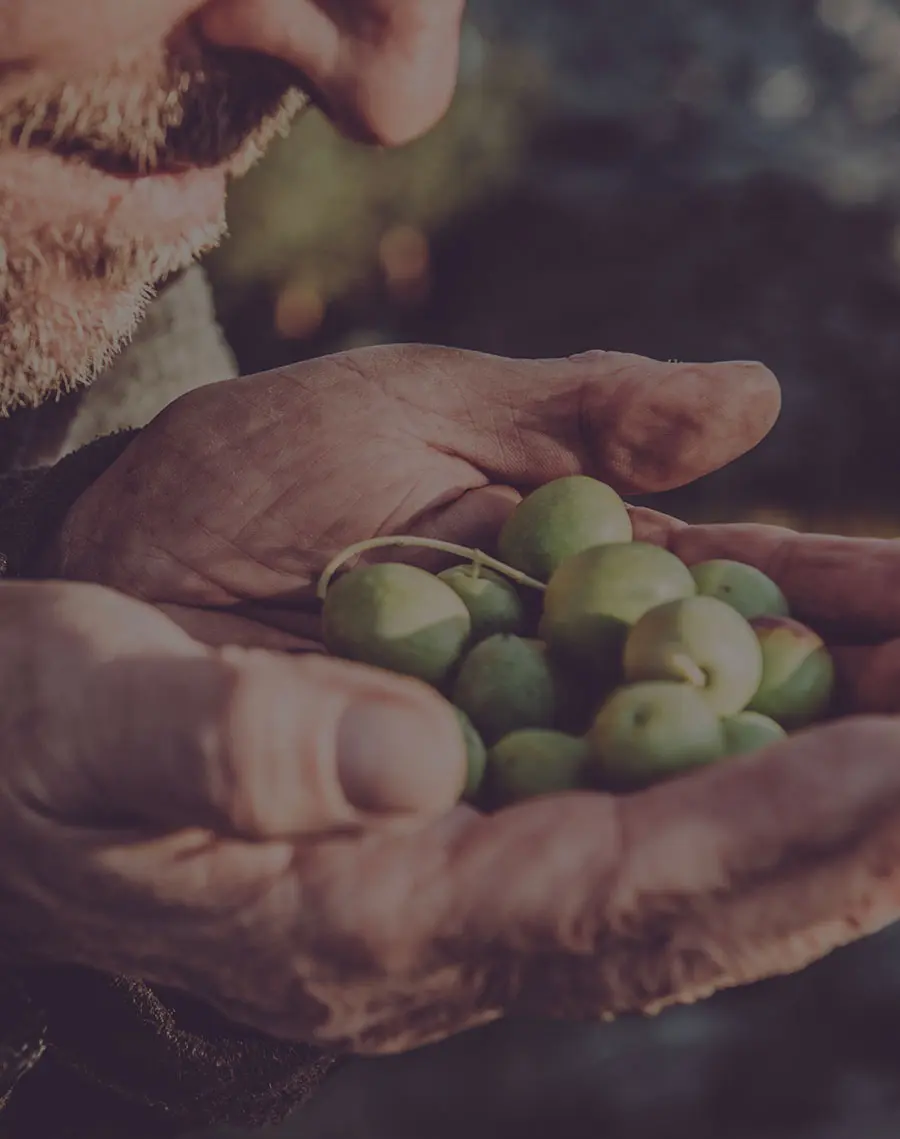
In this part of the tasting, you will have to test your smell. Decipher if the aromas you perceive are vegetable or fruity.

Plants and vegetables
Meadow, Olive leaves, Green leaves, Fig leaves, Tomato vine, Artichoke, Eggplant
Aromatic herbs and spices
Basil, Thyme, Rosemary, Mint, Cinnamon, Chamomile
Fruit and dried fruits
Banana, Apple, Mango, Red fruits, Tomato, Fig, Avocado, Almonds, Walnuts, Pine nuts
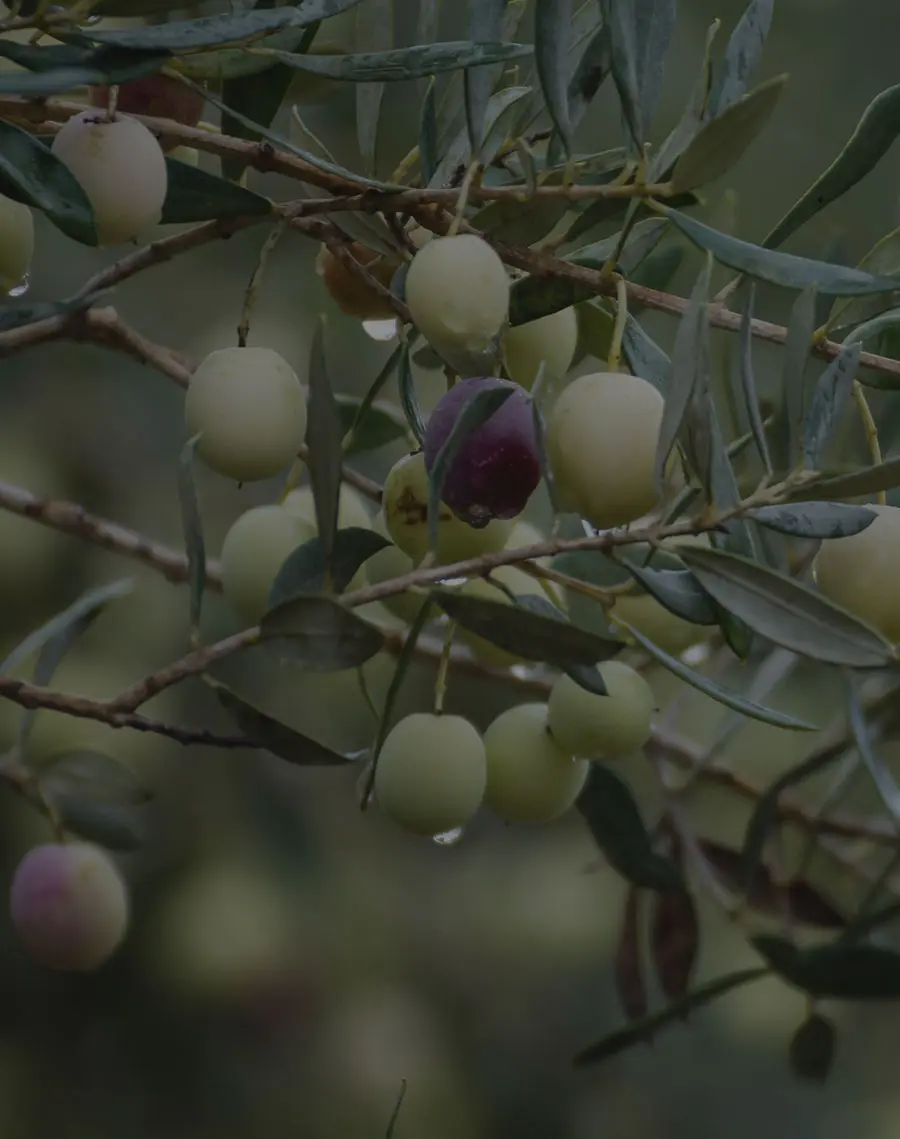
If the oil has not been well preserved or you have chosen a low quality oil, its flavor may be altered. Do you identify any of these flavors or smells in your oil?
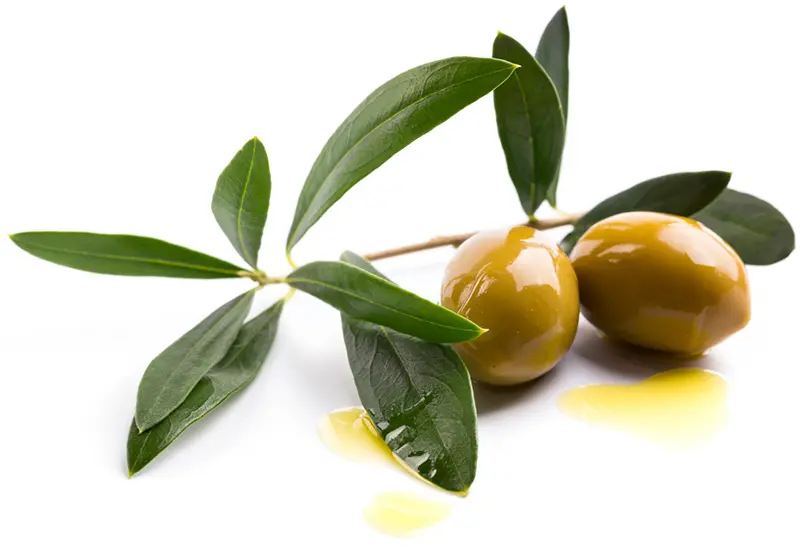
Humidity
Flavor coming from olives in which its have developed abundant fungi by remain piled with moisture.
Past
Olive oils that have suffered oxidation, because of their prolonged contact with the air or even have had multiple exposures with heat, light or ventilation.
Strong flavor
Dense sensation or flavor with too much intensity, originated during the process of oil blending.
Vinegar flavor
Because the olives have been stored in excess before being processed, thus initiating the fermentation process.